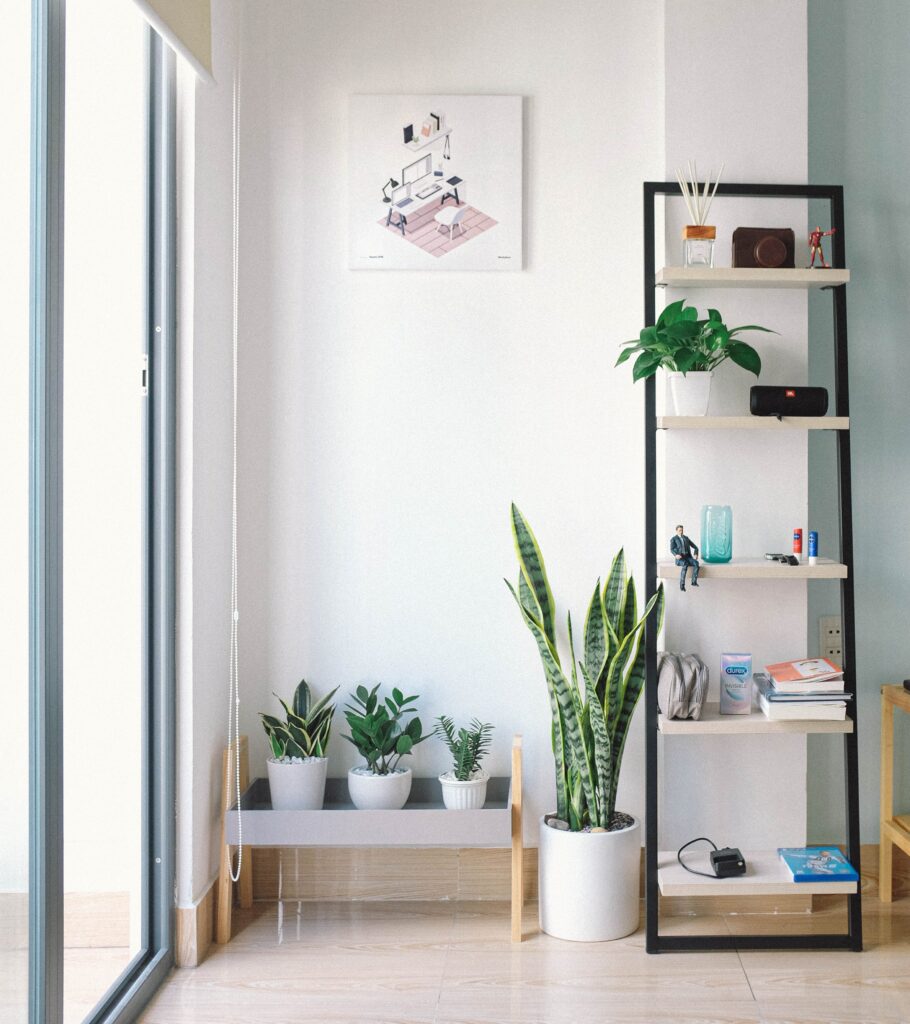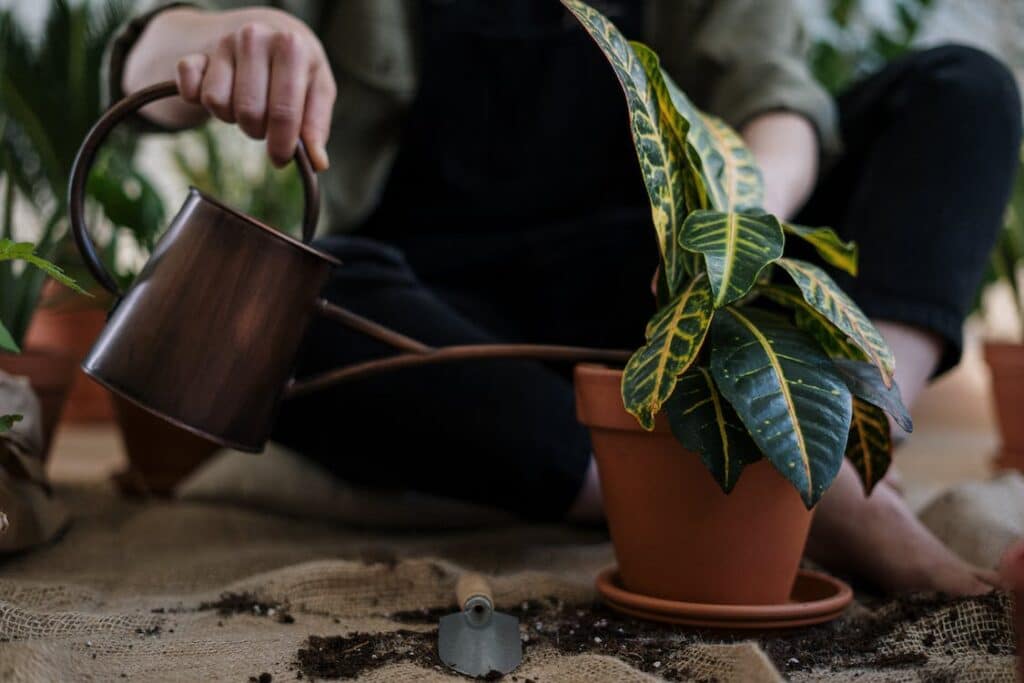Are you looking for a natural and effective way to improve the air quality in your home? Look no further than indoor plants! Not only do they add a touch of greenery and beauty to your space, but they also have the incredible ability to purify the air. In this article, we will explore the best indoor plants for air purification, helping you create a healthier and cleaner environment to breathe in. Discover the plants that are not only easy to care for but also have the power to remove toxins and create a more refreshing atmosphere in your home.

Understanding Indoor Air Pollution
Indoor air pollution refers to the presence of harmful contaminants in the air we breathe inside our homes or buildings. These pollutants can come from various sources, including household cleaning products, tobacco smoke, cooking fumes, and building materials. Understanding the sources of indoor air pollution is crucial for creating a healthy indoor environment.
Sources of Indoor Air Pollution
There are several sources of indoor air pollution that can contribute to poor air quality in our homes. Some common culprits include volatile organic compounds (VOCs) emitted by cleaning products and paint, tobacco smoke, mold and mildew, pet dander, and allergens brought in from outside. Inadequate ventilation and the use of certain building materials can also contribute to indoor air pollution.

Impact on Health
Inhaling polluted indoor air adversely affects health. Short-term exposure causes eye, nose, and throat irritation, headaches, and dizziness. Prolonged exposure links to respiratory issues, allergies, asthma exacerbation, and serious health problems. Safeguard health by improving indoor air quality.
Measures to Improve Indoor Air Quality
You can take several steps to improve the air quality in your indoor environment. First and foremost, ensuring proper ventilation is essential. Opening windows and using exhaust fans can help remove stagnant air and bring fresh outdoor air inside. It is also advisable to minimize the use of harsh chemical cleaning products and opt for natural alternatives.
Using air purifiers can be highly effective in removing pollutants from the air. However, incorporating indoor plants into your space is another natural and aesthetically pleasing way to purify indoor air. Indoor plants have the ability to remove harmful pollutants and improve the overall air quality actively.

The Role of Indoor Plants in Air Purification
Numerous scientific studies have proven the air-purifying abilities of indoor plants. Plants have a natural ability to absorb gases through tiny pores in their leaves, including harmful chemicals such as benzene, formaldehyde, and trichloroethylene, which are commonly found in indoor environments. This process, known as phytoremediation, enables plants to cleanse the air and create a healthier living environment.
How Plants Purify the Air
Indoor plants purify the air through a combination of processes. The primary method is through photosynthesis, where plants absorb carbon dioxide and release oxygen. In addition to this, plants also absorb and break down harmful chemicals present in the air, converting them into harmless byproducts.
The roots of indoor plants play a crucial role in air purification as well. They act as filters, trapping and absorbing airborne pollutants, preventing them from circulating in the air. By having indoor plants in your space, you can create a natural air purification system.
Limitations and Considerations
While indoor plants can be effective in purifying the air, it is essential to understand their limitations and considerations. Keep in mind that plants alone may not be sufficient to remove high levels of pollutants or completely eliminate indoor air pollution. Other measures, such as proper ventilation and the use of air purifiers, may be necessary in conjunction with indoor plants.
It is also important to remember that not all indoor plants are equally effective at air purification. Some plants are better at removing specific pollutants than others. Understanding the specific needs and capabilities of each plant can help you choose the best indoor plants for air purification.
Best Indoor Plants for Air Purification
When selecting indoor plants for air purification, certain factors should be considered. These factors include the plant’s ability to remove common indoor pollutants, its adaptability to indoor conditions, and ease of care and maintenance. Here is an overview of some of the top indoor plants known for their air-purifying properties:
Spider Plant (Chlorophytum comosum)
Spider plants are popular indoor plants known for their air-purifying abilities. They effectively remove formaldehyde, xylene, and carbon monoxide from the air, making them an excellent choice for improving indoor air quality. Spider plants are relatively low maintenance and thrive in indirect light conditions.
To care for a spider plant, place it in a well-draining pot, water it thoroughly but avoid overwatering, and provide indirect sunlight. Spider plants can also be grown in hanging baskets, adding a touch of greenery to your indoor space.
Snake Plant (Sansevieria trifasciata)
Renowned for air purification, the snake plant, or mother-in-law’s tongue, effectively eliminates formaldehyde, trichloroethylene, and benzene. Thriving in low light, it’s ideal for indoor spaces with limited sunlight.
Caring for a snake plant involves providing well-draining soil, avoiding overwatering, and placing it in indirect light or low light conditions. It is a visually appealing plant with its tall, upright leaves that can add a touch of elegance to any room.
Peace Lily (Spathiphyllum)
Peace lilies are not only visually stunning but also excellent air purifiers. They can effectively remove harmful chemicals like formaldehyde, benzene, and trichloroethylene from indoor air. Peace lilies thrive in shaded areas and require minimal care, making them suitable for those with a busy lifestyle.
To ensure the well-being of a peace lily, place it in a shady spot away from direct sunlight, water it regularly but avoid overwatering, and keep the leaves clean to prevent dust buildup. The peace lily’s beautiful white flowers can brighten up any indoor space while improving air quality.
Boston Fern (Nephrolepis exaltata)
Boston ferns are lush, leafy plants that not only enhance the aesthetic appeal of a room but also purify the air. They are effective at removing formaldehyde, xylene, and toluene from indoor environments. Boston ferns thrive in humid conditions with indirect light, making them perfect for kitchens and bathrooms.
Caring for a Boston fern involves providing high humidity levels, regular misting, and watering to keep the soil moist but not waterlogged. With its cascading fronds and vibrant green color, a Boston fern can bring a refreshing touch to any space.
Philodendron (Philodendron spp.)
Philodendrons are versatile indoor plants that come in various shapes and sizes, making them suitable for different spaces. They are known for their ability to remove formaldehyde and other air pollutants. Philodendrons thrive in indirect light conditions and are relatively low maintenance, making them popular choices for indoor air purification.
To care for a philodendron, provide bright, indirect light, water it when the top inch of soil feels dry, and ensure proper drainage in its pot. Philodendrons can add a touch of lushness and elegance to your indoor space while improving air quality.
Rubber Plant (Ficus elastica)
Rubber plants are not only known for their attractive, glossy leaves but also for their air purification properties. They effectively remove formaldehyde, benzene, and trichloroethylene from indoor air. Rubber plants thrive in bright, indirect light conditions and make a bold statement in any room.
Caring for a rubber plant involves providing bright light, allowing the soil to dry out partially between waterings, and wiping the leaves to keep them clean and dust-free. A rubber plant can be a focal point in your indoor space, purifying the air while adding a touch of sophistication.
Increasing the Efficacy of Indoor Plants
To maximize the air-purifying benefits of indoor plants, proper placement is essential. Positioning plants near potential sources of pollutants, such as cooking areas or around furniture made from synthetic materials, can help capture and filter the pollutants effectively.
Considering allergies is also crucial when choosing indoor plants. Some individuals may have allergies or sensitivities to certain plant pollens or allergens. If you or your family members have allergies, it is advisable to research plant species that are less likely to trigger allergic reactions.
For even better air purification, consider combining indoor plants with other air purifiers, such as HEPA filters or activated carbon filters. This combination can create a comprehensive approach to improving indoor air quality.
In conclusion, incorporating indoor plants into your living space not only adds beauty and a sense of tranquility but also significantly improves indoor air quality. By selecting the right plants based on their air purifying properties and providing proper care, you can create a healthier and more pleasant environment to live in. So, why not invite nature indoors and let these green companions work their magic in purifying the air you breathe?




